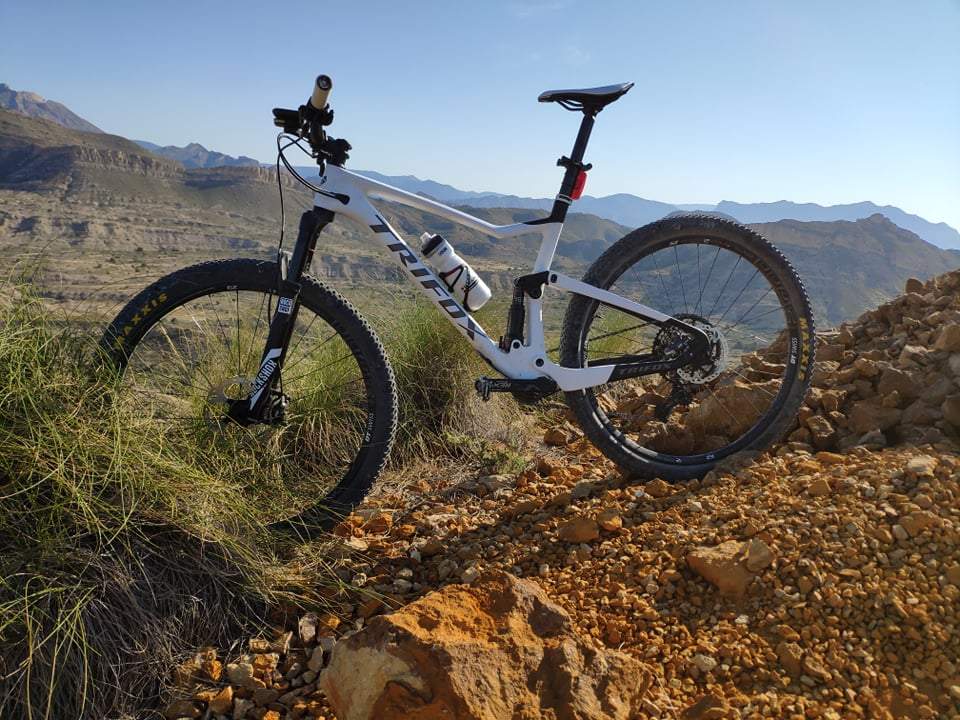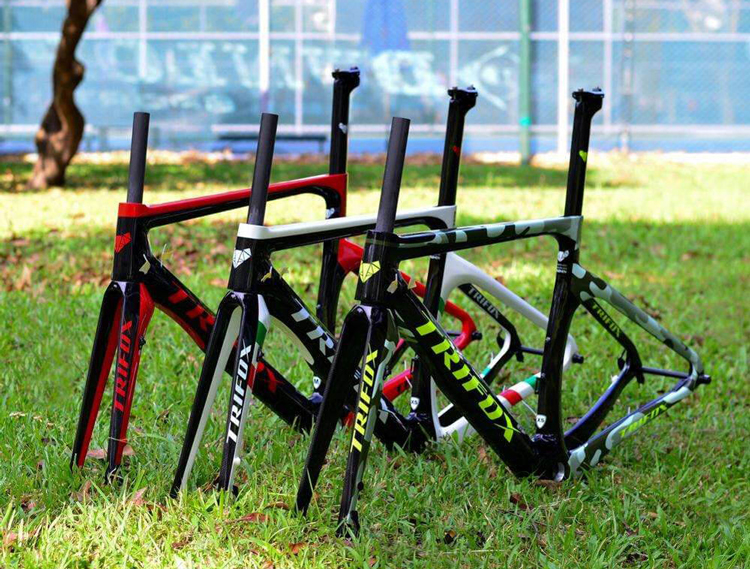1. Excessive aerobic exercise
If you run a marathon or a triathlon, when it comes to muscle strength and flexibility, your body is likely to be unbalanced.
Over time, and repetitive trauma often occurs, it is likely to cause arthritis, which in turn leads to wear and tear of your joints.
Cross-training is very important. Let certain muscle groups rest once or twice a week to exercise new muscles, which can reduce injuries.
2. Allow weight gain
When you run, your knee joints bear 7 to 9 times the weight of your body weight.
Studies have shown that the body can accept this weight, and runners will not increase the risk of injuries and diseases, such as osteoarthritis. But it is important to control the weight range.
From a biomechanical point of view, weight gain itself is great stress. In fact, a British study found that the risk of knee replacement surgery for overweight people is 40% or even higher than for people of normal weight.
3. Skip the stretch
The key to joint health? Achieve a balance of strength and flexibility. “As you get older, if you don’t have more free time, it takes as much time to stretch as you do strength training.”
why? Because the older the age, the lower the flexibility of the muscles, if the muscles are elastic, it will help keep the joints moving.
4. Exceeding physical limits
Vigorous exercise, such as HIIT and mud running, is not the only cause of joint damage.
Although yoga and Pilates are good ways to improve flexibility and strength, any extreme situations that exceed the range of motion, such as completing movements that the body is not fully prepared to accept, may damage one of your joints.
When you exceed the limit of motion, bone spurs (protruding along the edge of the bone) may occur, which may lead to arthritis. Your best option is to change your exercise style and give yourself more time before attempting any action that your body is not ready to accept.
Cycling is a healthy and safe aerobic exercise. According to Dr. Han Wei, the director of the Orthopedic Sports Medicine Center, in his experience, there are not many patients with sports injuries caused by cycling, and most of them are patella Inflammation of the cartilage.
Pay attention to pedaling frequency. Many people believe that riding at a low cadence frequency can improve strength development, but this will also increase the pressure on the knee.
Some riders and friends like to ride with low cadence, pedal harder, and are proud of their strength. However, the strength of the human knee joint is limited after all. The anterior cruciate ligament, lateral meniscus, and other parts will bear more pressure and wear under the condition of vigorously trampling, which will make the cartilage thin, expose the subchondral bone, and directly rub the joints, causing pain. , Caton and other issues.
Adjust the seat cushion to an appropriate height. The patella is located in front of the knee. When the foot is straightened, the patella will be in a relaxed state. If the foot is bent and straightened repeatedly, the knee joint is constantly rubbed, and the patella cartilage is prone to inflammation.
Dr. Han said that the more you bend your knees when riding a bicycle, the greater the pressure will be. Therefore, for the sake of safety, it is not correct for ordinary people to adjust the cushion to the height where both legs can land at the same time. The first step to prevent inflammation of the patella cartilage is to adjust the cushion to an appropriate position.
The general formula for calculating the height of the seat cushion is the length of the lower straddle × 0.885 = the height of the seat cushion (from the center of the central axis to the seat cushion), and then fine-tune it according to your riding feeling.
The height estimated by the formula is approximately the state where the thighs remain 80% straight when stepping on the bottom.
Moderate climbing For cycling and climbing, although many friends are keen on this, remember to be appropriate and moderate.
Pay special attention to the cadence when climbing, try to ride with a higher cadence to reduce the pressure on the body joints every time you exert force.
If the rider himself has a bad knee and has a related medical history, riding a hill is not necessarily a suitable exercise. Climbing long slopes and steep slopes will put more pressure on the knees, so riding on flat roads is better.




















































































